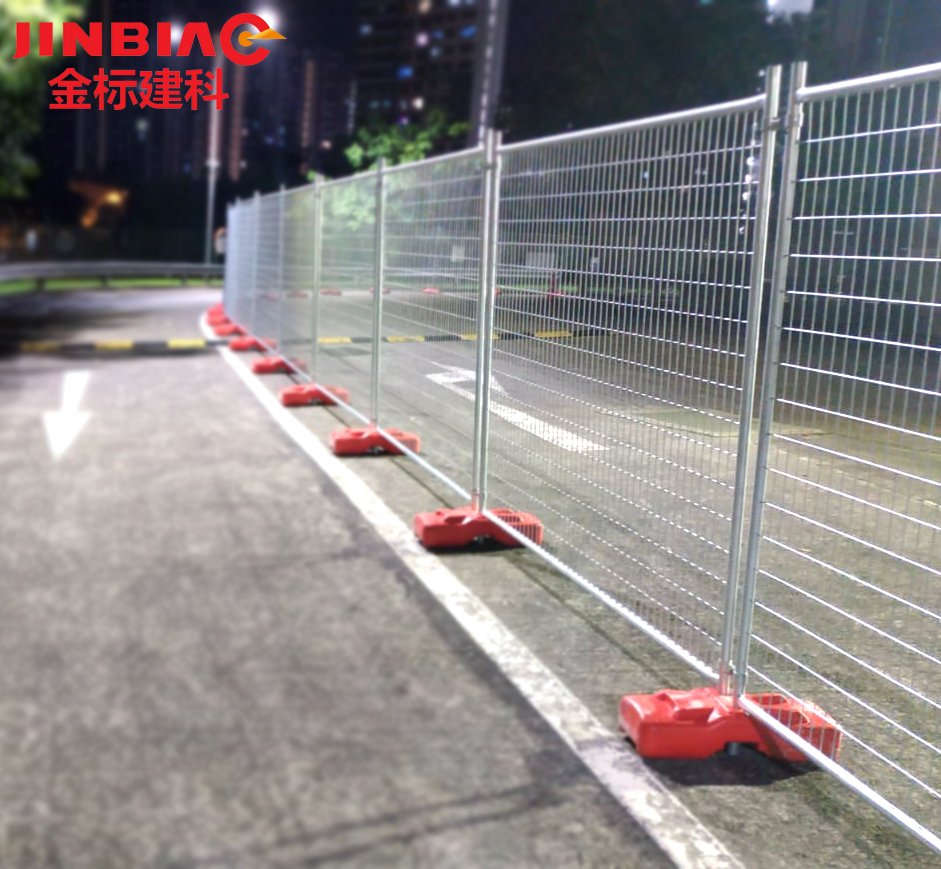
Temporary fencing is a popular solution for various needs such as construction sites, events, and outdoor activities. While its primary purpose is to provide security and safety, it is essential to know how long it can last. It is vital to understand the lifespan of temporary fencing as it affects the project’s budget, scheduling, and compliance with industry standards. You may wonder, how long do temporary fences last?
The answer is not simple, as it depends on several factors such as weather conditions, usage, and material quality. It is crucial to consider these factors when planning your project to ensure that the fencing will last as long as you require it to.
Factors that Determine Durability
When considering temporary fencing for an event or construction site, one of the most important factors to consider is durability. Temporary fencing is designed to be sturdy, but not all fences are created equal. The quality of the materials used, the thickness of wires or tubing, the surface treatment, and the overall design of the fence will all impact its lifespan.
Furthermore, environmental factors such as wind, rain, and temperature fluctuations can also impact how long a temporary fence lasts. Ultimately, the lifespan of a temporary fence is determined by the combination of these factors and how well the fence is maintained over time.
Materials Used for Construction
When it comes to constructing a temporary fence, one of the most important factors to consider is the materials used. The longevity and durability of your temporary fencing are dependent on the quality of the materials used for its construction. Common materials for temporary fencing include mesh, chainlink, and steel.
Mesh fence is made of woven wire and is commonly used for its flexibility and affordability. Chainlink fence, on the other hand, is made of interlocking steel wire and is well-known for its durability and strength. Steel fence, while more expensive, is considered the most durable of the three and is often used for high-security applications. Proper maintenance and care also play a crucial role in extending the lifespan of temporary fencing, regardless of the material used.
Regular Maintenance Practices
Regular maintenance practices are essential to ensure the longevity of temporary fencing systems. These practices include inspecting the fence on a regular basis to identify any damage or wear, and promptly repairing any issues found.
Proper cleaning and painting can also extend the life of temporary fencing, particularly if it’s exposed to harsh weather conditions. Finally, proper storage of temporary fencing during off-peak periods is recommended to prevent damage and corrosion. Adopting these regular maintenance practices can significantly increase the lifespan of temporary fencing systems and ensure that they remain functional and safe for use over an extended period of time.
Guidelines for Proper Installation
To ensure the longevity of temporary fencing, proper installation is essential. Therefore, it is crucial to follow specific guidelines for proper installation.
First, choose a flat and level surface for installation to ensure stability and prevent shifting of the fence. Second, ensure that all fence panels are properly secured with sturdy connectors, clamps, or other fasteners to prevent them from toppling over or bending.
Third, be sure to anchor the fence to the ground using stakes or weights to increase stability. Fourth, inspect the fence regularly for any damages or defects and make necessary repairs promptly.
Following these guidelines for proper installation can significantly extend the lifespan of temporary fencing and ensure that the area remains secure throughout its intended period of use.
Storage and Disposal Considerations
When considering temporary fencing, it is important to also consider storage and disposal. Proper storage can help extend the lifespan of the fencing, while improper disposal can harm the environment and potentially lead to fines or legal trouble.
When not in use, temporary fencing should be stored in a dry and secure location to prevent damage from weather or vandalism. If the fencing is damaged or no longer needed, it should be disposed of properly according to local regulations and guidelines. This may include recycling or disposal at a designated waste facility.
By keeping storage and disposal considerations in mind, temporary fencing can be used efficiently and responsibly, helping to minimize waste and environmental impact.
Hebei Jinbiao is a leading company in Noise Barrier products and Fencing products in Singapore. We guarantee to provide you with the most high-quality Sound Barrier and Fencing products along with our dedicated assistance. Do not hesitate to contact us. We are looking forward to helping you solve your noise issues, safety issues and protecting you from noise pollution as well as ensuring your safety.
